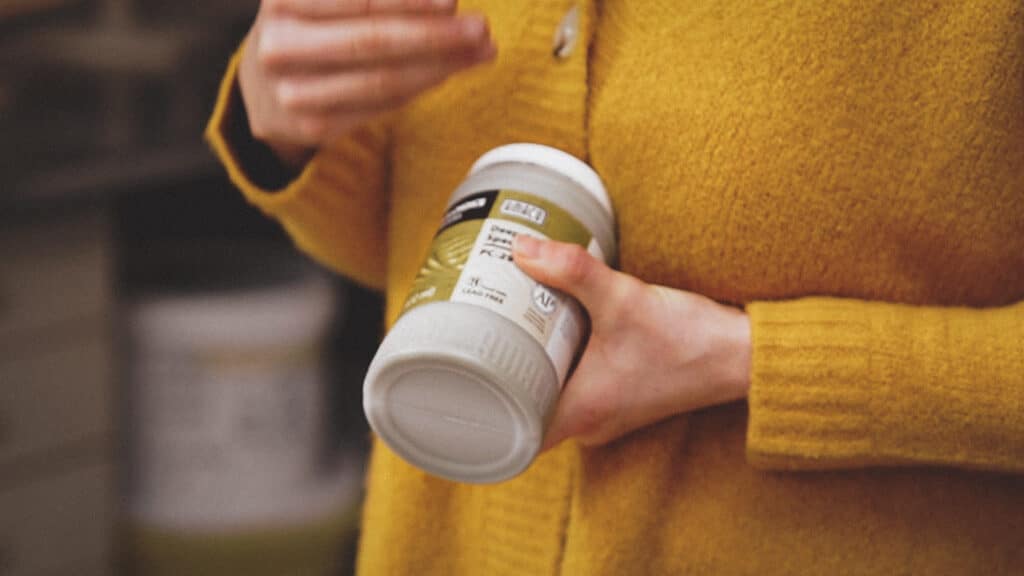Choose the right glaze
You don’t actually need glaze to make your work food safe. If you choose the right clay and fire it the right way, at a temperature that is high enough to allow for glass to be formed, your unglazed pottery should be completely food safe. But if you want to be absolutely sure, you’re better off glazing your work.
And to do it right, you need to use the right glaze. Because some glazes contain harmful substances that might come off after a while and end up in your food. Especially if you use the pot to eat meals that have acidic foods like tomatoes or lemons. Fortunately, suppliers will usually mention on the label of their products whether a glaze is food safe. Not sure? Don’t take the risk, and check with the supplier.

Fire your work correctly
Choosing a food safe glaze is of course not enough. You have to make sure that the parts of your pot that will come into contact with food, are all properly coated. If you miss a spot, then that area will still be porous after firing. That means small particles of food can get into the clay, allowing bacteria to have free rein. So you need to be meticulous!
Equally important is that the kiln reaches the necessary temperature during the firing. Because then the glaze will undergo the intended reaction and glass will be formed, making your work waterproof and food safe.
Do the test
Do you want to check if you’ve done everything correctly? Or maybe you have some pottery that you didn’t make yourself, and you’re not sure if it’s food safe? There are three tests you can easily do at home. You won’t know with 100% certainty, but they do give you an indication of how food safe the pottery is.
For the first test you need a lemon. Squeeze the lemon and leave both the juice and the squeezed lemon in the pot for several days or even weeks. Next, clean the pot and check whether the glaze has changed colour. If so, that means the acid has had an effect on the glaze. And that means it’s not food safe.
The second test requires a microwave. Fill the pot with water and put it in the microwave for one minute. If the glaze is not strong enough, the clay underneath will absorb the water and feel warm to the touch. You could even see cracks appearing in the glaze. This means your pottery is porous, and therefore not food safe.
For the third testyou can put the pottery you want to check in the dishwasher for around fifty cycles. Simply leave it in the back somewhere so it’s washed every time you turn the dishwasher on. If you notice any cracks, colour changes or other changes after that, you know it’s not food safe.
If the piece passes all three tests with flying colours, then you can rest assured. Did it fail one of the tests or do you have other reasons to be unsure? Then don’t take the risk, and simply use it for decorative purposes only.





